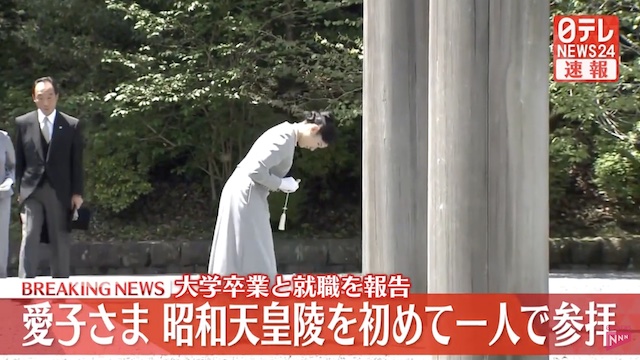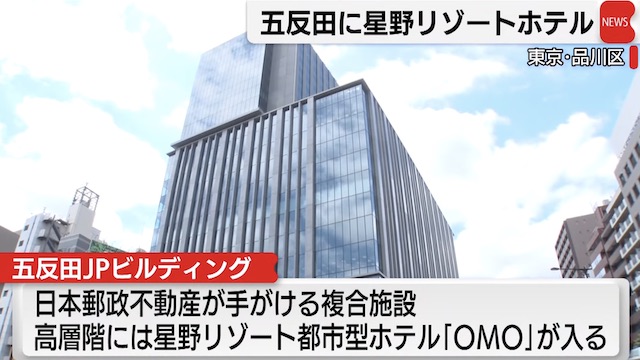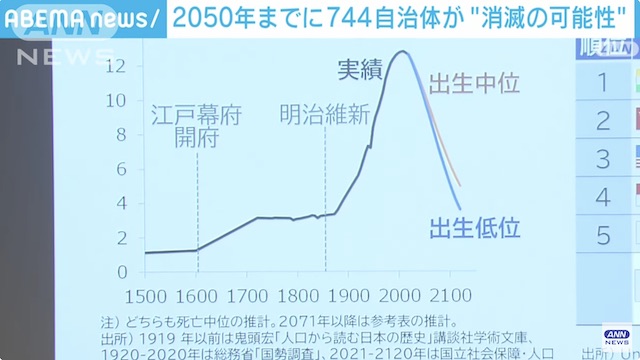Feb 09 (South China Morning Post) - It’s barely 6am, yet already some 30 photographers are taking up positions on the No 1 Tadami River Bridge Viewpoint, high above the Tadami River.
The sun hasn’t been up long enough to burn off the morning mist, which garlands the forested mountains surrounding the river.
Drifting river mists are a part of life along the Tadami as it flows through the Oku Aizu region of Japan’s Fukushima prefecture. According to local lore, shape-shifting mountain gods roam inside the mist.
All lenses are focused on the elegantly arched bridge below, not to picture gods but something more tangible. With exquisite punctuality emerges a green and white train, just two carriages long, from the forest. The calm erupts with the rapid chatter of dozens of cameras set on continuous shooting mode.
The Tadami railway line runs for 135km (84 miles) through the Tohoku region, the northernmost part of Japan’s main Honshu island, connecting the castle town of Aizu Wakamatsu, in Fukushima, with Koide, in Niigata Prefecture. Prone to some of Japan’s heaviest snowfalls, the region’s mountains, forests and lakes inspired haiku poet Matsuo Basho, who described them in his book The Narrow Road to the Deep North (1689).
Tohoku is an ideal destination for those seeking to get back to nature and escape the crowds one normally associates with Japan. A meagre 2 per cent of the country’s foreign visitors in 2019 ventured this far. If at all, most foreigners know Fukushima – one of the six prefectures that make up Tohoku – only as the site of the earthquake and tsunami that devastated parts of the region in March 2011.
Although Oku Aizu was spared the effects of the earthquake, that same year it suffered severe storms, triggering floods that destroyed three of the bridges along the Tadami Line. Given the cost of repairing them, coupled with the area’s shrinking population, the authorities concluded that restoring the bridges was not viable. Many local residents too were unwilling to have their taxes spent on the repairs.
Even now, six stations remain closed following the flood damage, forcing passengers to get off the train and take an hour-long bus ride along the section between the towns of Aizu Kawaguchi and Tadami. If tourists had been rare before the floods, afterwards they were in danger of becoming extinct altogether, leaving Oku Aizu to languish in the mists of the Tadami River, another forgotten backwater.









